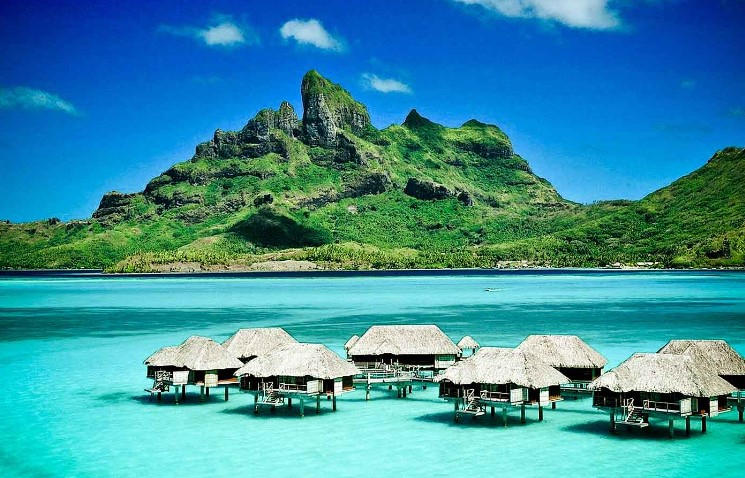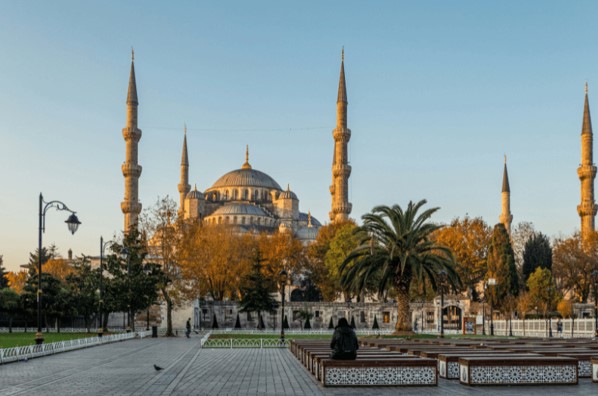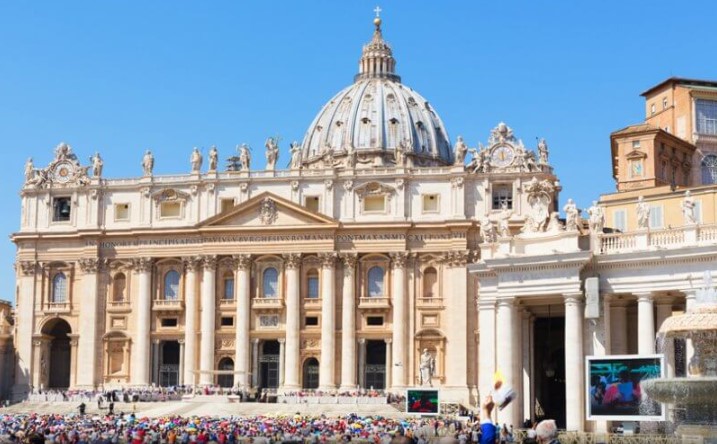Next Tuesday marks the 130th anniversary of the overthrow of the Hawaiian monarchy.
A joint resolution of Congress passed in 1993 acknowledged the overthrow took place “with the active participation of agents and citizens of the United States.”
In our ongoing job with the College of Hawaiʻi’s Heart for Oral Record, we listen to from the voices of people today marking the perseverance of Native Hawaiian persons to exercising traditional techniques this thirty day period.
Ethnic scientific studies professor Ty Kāwika Tengan shares firsthand accounts from Main Justice William Richardson and Adolph Helm.
Between 1968 and 1977, Native Hawaiian Hawaiʻi Supreme Court docket Justice William S. Richardson relied upon Hawaiian regulation and standard tailor made in ruling that the vegetation line marked the shoreline boundary among non-public land and community trust lands. These selections preserved public ownership of and entry to Hawaiʻi’s beach locations.
Richardson: Marumoto, a terrific decide, head you. On the shoreline circumstance, he went down to the U.S. geodetic study people to talk to them what their records appeared like. And he arrived up with some of the conclusions that they experienced occur up with, but I don’t forget asking them how long they experienced been in Hawai’i, and they had been in Hawai’i for 25 several years. And I reported, “Well, 25 a long time is just not lengthy sufficient for me, for the reason that we have bought some information and facts on what was in existence prior to the time the U.S. folks came to Hawai’i. Well, if that was the legislation then, why are unable to it be these days?”
They shoot a horizontal line and convey to you, nicely, that is the shoreline. Effectively, of training course, I arrived up with what I believed the Hawaiians felt should really be the shoreline, and which is the superior clean of waves. And oh, they reported, effectively now, seem, we engineers won’t be able to obtain that. You cannot run straight strains that way for the reason that it improvements by the season and all that. But that is the Hawaiian way. You couldn’t leave your canoe on the seashore and have it go out to sea at night time. You ought to deliver it considerably ample up. And as significantly up as you desired to convey it, should have been general public domain.

Hawaiʻi State Archives
/
In 1975, Moloka’i Hawaiian homesteader Adolph Helm aided arrange Hui Alaloa, the Group of the Lengthy Trails, to open up entry to the Moloka’i shoreline for Hawaiian subsistence fishing and accumulating. This Indigenous Hawaiian access eventually opened the beaches to general public access for all.
Helm: The exclusive matter about Molokaʻi is truly entry to the beach front. The general public was blocked off from the vacation resort regions wherever they could not accessibility the seaside, and then non-public, you know, they experienced all these multimillion greenback houses that, you know, place symptoms up that you could not go into, you know, by my residence.
So there ended up a group of individuals representing distinctive components of the group that bought alongside one another and speak tale about, you know, what we can name this corporation. And it was essentially Hui Alaloa is a person name about the previous trails and locating approaches that we can start opening up those people trails. And 1 of them was to raise awareness by, you know, marching or strolling as a result of these no trespassing destinations in which can get, you know, media protection.
That’s sort of, to me, that’s how it all began. So we had the march from proper below. It commenced from here and it went all the way down to Kolo, all the way up up to Hale o Lono. And so we did that complete stretch simply because you had to go around gates mainly because they locked it out. No person experienced accessibility for the community to go to all those sites. And that was the plan.
———
This oral historical past venture is supported by the SHARP initiative of the Nationwide Endowment for the Humanities by way of the American Council of Discovered Societies.




More Stories
Beach Volleyball falls to Long Beach State in Big West Championship
Hawaii’s Hill, Long Beach State’s Valenzuela eager to match wits
Hawaii blocks some Waikiki sands for seal pup